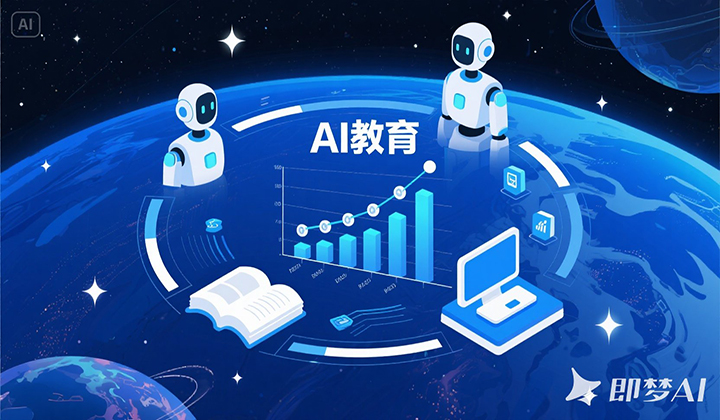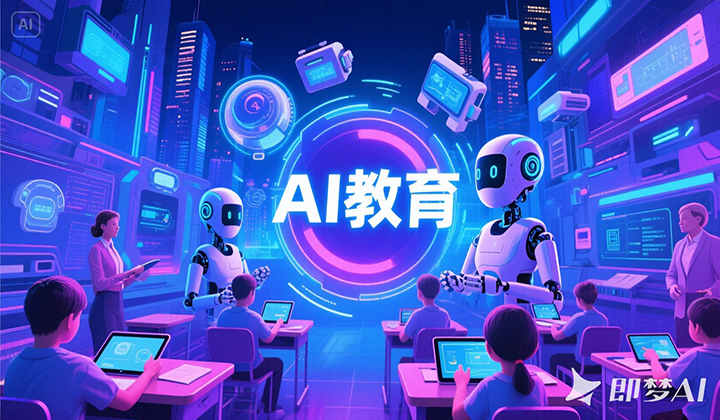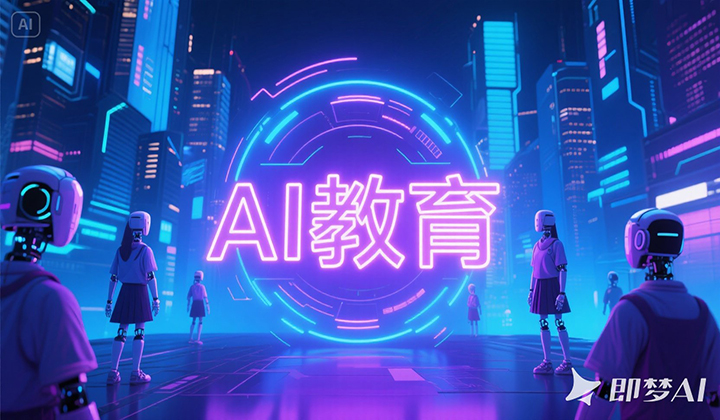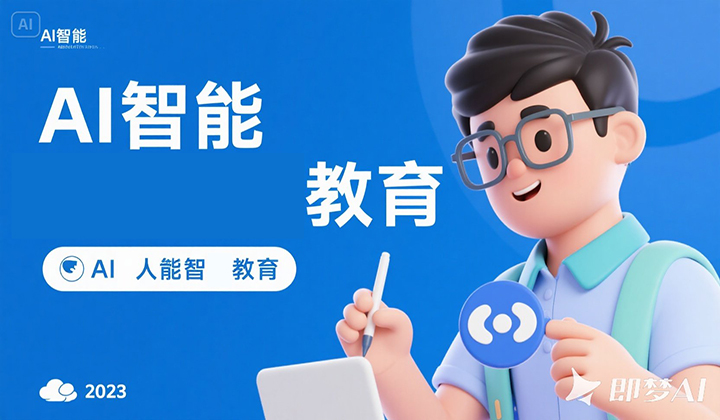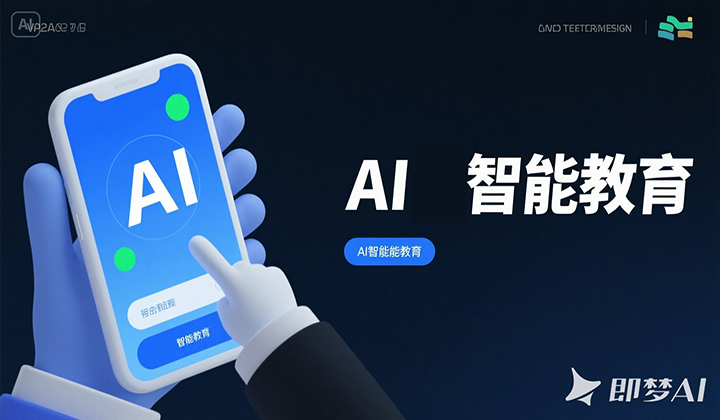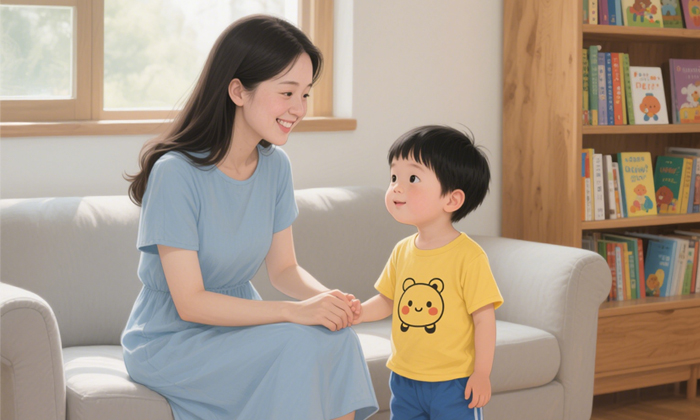When AI Becomes a Child’s Playmate: A New Educational Dialogue in the Age of Intelligence
On a weekend evening, five-year-old Lele crouches by a sandpit in the park, holding a stick to his smartwatch: “Xiao Du Xiao Du, help me count the seashells in the sand.” The watch flashes: “Detected 12 intact shells and 3 fragments.” The child cheers as if discovering a new world. This ordinary scene reveals the most profound shift in modern education—as artificial intelligence (AI) becomes children’s “peers,” how do we redefine the foundation of learning?
Twenty years ago, parents worried about TV harming eyesight; a decade ago, they fretted over smartphone addiction. Today, kindergartens in New York use AI emotional robots for social skills training, Tokyo elementary schools designate ChatGPT as “homework tutors,” and young authors crowd around AI story generators in Berlin libraries. These are not sci-fi fantasies but real challenges educators face globally: When AI can solve math Olympiad problems, grade essays, and even analyze emotions, education must transcend knowledge transfer and evolve into something more fundamental.
At a children’s tech museum in Shenzhen, I observed a thought-provoking experiment: Two groups of eight-year-olds were tasked with “designing a future city,” one using traditional tools, the other with AI assistants. The AI group debated not “how tall to draw a bridge” but “how traffic algorithms balance efficiency and fairness.” Instead of fixating on model scales, they pondered “how many disaster warning signs AI should recognize.” This classroom revolution echoes MIT Professor Resnick’s view: “Education in the AI era should cultivate the ability to ask questions, not repeat answers.”
Yet this transformation demands caution. On a viral video platform, clips of three-year-olds reciting neural network principles garner millions of likes, while comments sigh, “These poor children.” True AI enlightenment should feel as natural as Lele’s conversation with his watch—identifying plants on rainy walks, discussing oven temperature algorithms while baking cookies, comparing human and AI-generated bedtime stories. A Shanghai father’s story resonates: He guided his daughter to analyze three months of stray cat feeding data with AI, ultimately co-creating a “smart feeding map” with their community. What the 10-year-old gained wasn’t a coding certificate but a heartwarming resolve to better the world through technology.
The deeper challenge lies in anchoring values. As Stanford launches “AI Ethics for Kids” workshops and Dutch children role-play to understand algorithmic bias, our education must answer: Why can AI calculate optimal routes but not decide whether to offer a seat to an elderly passenger? Why can smart speakers play lullabies but not replicate a mother’s hummed warmth? In a Beijing international school, children programmed their “AI homeroom teacher” to share inspiring scientist stories instead of direct answers when students repeatedly err—a poetic metaphor for human-machine symbiosis.
On the eve of educational upheaval, we realize: Rather than fearing “human obsolescence,” we must teach children to become “irreplaceable by AI.” When Lele counts shells with his watch, he gains not just numerical literacy but the essence of coexistence—AI can tally shells, but choosing the most beautiful one for Mom remains uniquely human.
As dusk deepens, smart streetlights illuminate the park. Lele points his watch skyward: “Xiao Du, can stars be friends with AI?” The greatest education may lie in preserving such questions. For when algorithms can deconstruct everything, it is naive wonder and warm imagination that remain humanity’s most precious gift to the future.







